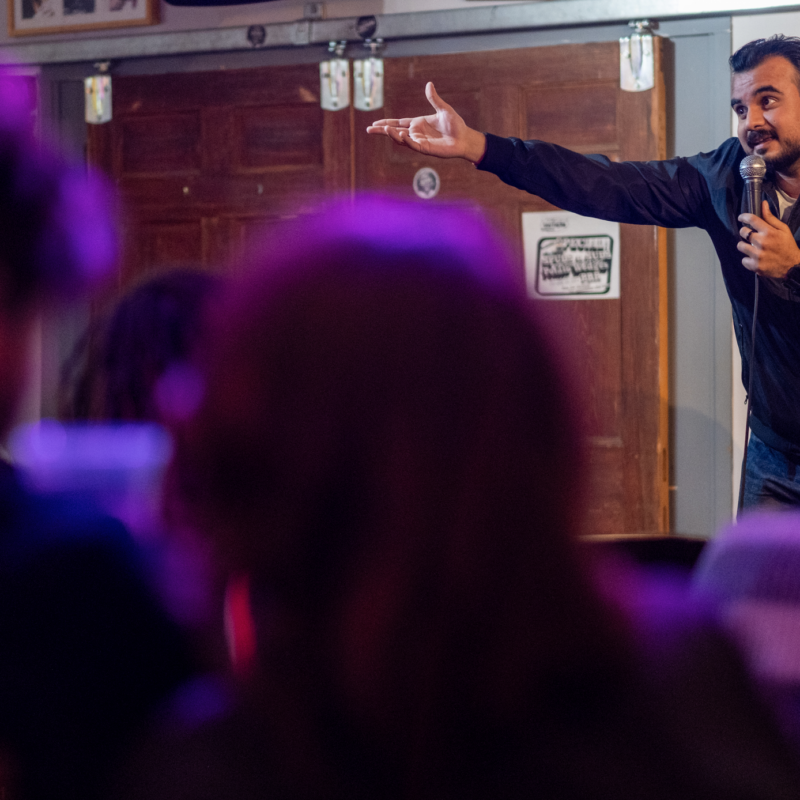Champagne is the most brand conscious of wines, unapologetically purchased for its price and status: Moet, Cristal, Krug, names mentioned by rappers and Wall Street traders alike, although perhaps less so by the latter these days. Chief among those in terms of brand recognition is the highway-safety-orange label of Veuve Clicquot Ponsardin. Ubiquitous in wine shops big and small, Veuve Clicquot will, I guarantee you, be flying off the shelves as we approach Valentine’s Day, one of the few times each year that America allows itself to enjoy bubbly. The company does not release its sales figures, but they’re big, as in many millions of bottles. But, as a new book about the founder of Veuve Clicquot tells us, it wasn’t always that way.
 |
The Widow Clicquot by Tilar J. Mazzeo tells the story of Barbe-Nicole Ponsardin, a young, upper-class Frenchwoman of the late 18th century who married Francois Clicquot, a young man whose family owned a few vineyards in Champagne. The young couple decided to become winemakers, only to have Francois up and die. The now widowed Clicquot (veuve, in French, means widow) decided, at the age of 27, and completely against the social and sexual mores of the time, that she would take over the family business. And she built it, despite wars and social upheaval and near bankruptcy, into a multimillion-dollar empire.
During the 19th century, Champagne went from being a largely unknown regional wine, to an overpriced luxury item desired the world over, thanks in large part to Madame Clicquot. She became fabulously wealthy and one of the world’s first successful businesswomen in an industry still largely male dominated (Veuve Clicquot wouldn’t have another female CEO for 130 years).
The Widow Clicquot is an unsatisfying book, not because the story isn’t worth telling, but because there is so little to tell. Right at the beginning, Mazzeo says that “[o]nly the broadest outlines of this dramatic story have survived,” so she must scramble to get 200 pages out of it, with phrases like “[w]e can only speculate,” “perhaps,” and “it must have” appearing far too often. Mazzeo doesn’t have the skill to pull off all the supposition.
As Clicquot Ponsardin’s biographer, Mazzeo is at times a bit too enamored of her subject. Only in the afterword does she get to what I see as the true legacy of The Widow Clicquot: less a champion of woman’s rights, and more a promoter of greed and big business. Clicquot, Mazzeo writes at the end, “was one of the robber barons” who turned small, family-owned wineries into “elegant and exclusive cartel[s].” Ironically, this woman who fought against great odds to succeed would go on to “make it all but impossible in the twentieth century for enterprising upstarts like herself to make new fortunes in Champagne.”
So there you have it. Just as love is complicated, so is the history of Champagne.





